So how do you choose a perfect colour palette? With so much inspiration shoots, a constant flow of wedding photos in blogs and magazines, couples often get lost in the variety of choices and find it hard to listen to their own inner voice. I like to think that first and foremost — your wedding planner is your ultimate help and friend in all-things-wedding, so do make sure to talk to her about it early on.
At Xenia Motif, we have a series of questionnaires and talks designed specifically for that.
But for now, let’s focus on 4 most important aspects of choosing your perfect colour palette.
In most cases, a beautiful colour palette does not need invention, as it has already been created by someone or something before. Think of art masterpieces, paintings, and photographs. Do remember that nature is the best artist of us all, and some of the most incredible colour combinations are found in its creations: sunsets, ocean, morning light in the field, flowers, animals, — the list can go on forever.
Train your inner awareness while you’re out and about outdoors, visit your favourite art gallery or browse some images online. Pick the images that capture your eye, and gather them in one board, you can use Pinterest or physically print them if you need more sensory stimulation. Don’t get tempted to look at other wedding images: remember your goal is to find out what appeals to you, rather than repeat someone else’s wedding, even if you think it pretty.
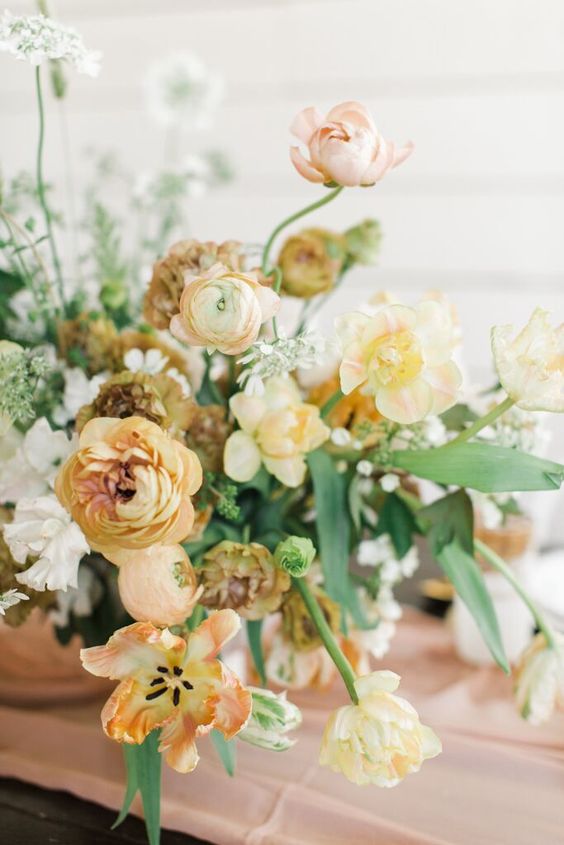
As I repeat time and time again: your venue is the most important decision. It defines the overall aesthetic. It’s hard to convert a lifeless hotel ballroom into a rustic nature sanctuary or create an Uber-luxurious sophisticated modern set up in a countryside barn. This is why your venue choice must reflect your inner aesthetics and the feeling that you want to communicate to your guests.
Keeping that in mind, when choosing a colour palette, think of your venue. Is it a muted neutral-hued place with lots of natural light or a lively colourful art gallery? Is it a historic villa in the Tuscan countryside or an opulent French castle? Strong venues might have a strong colour palette built into them. In reverse, some venues can be like a blank canvas waiting to be painted with whatever colours you choose to use.
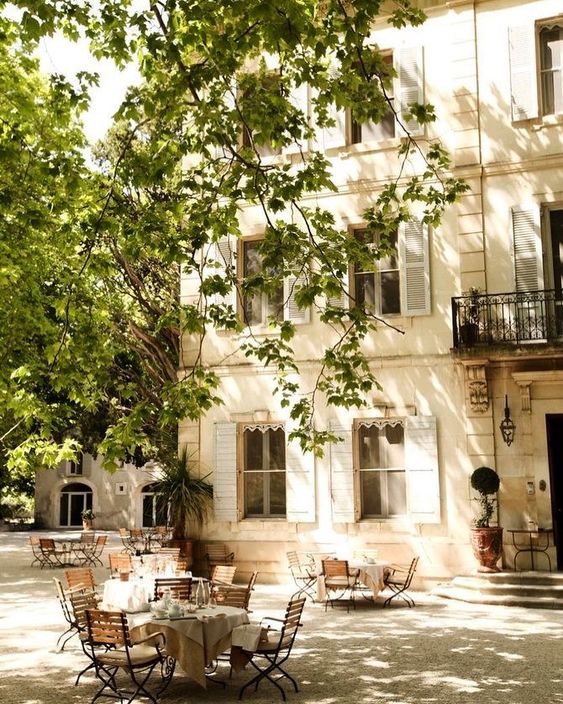
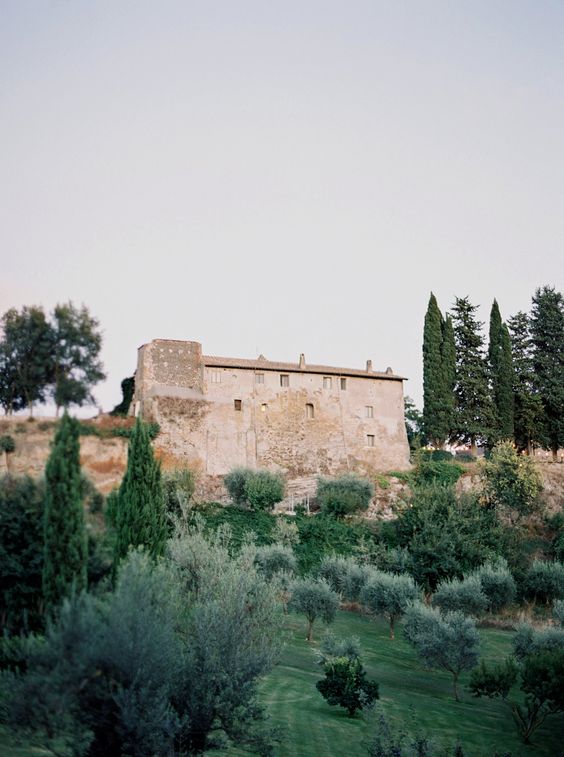
Trends are a powerful mechanism. We are exposed to them in every aspect of our life, and sometimes it gets really confusing. We’ve all been in a situation where we purchased a fabulous, fashionable skirt in line with the latest fashion craze, only to realise later that it’s completely unfit for the rest of our wardrobe, has nothing to do with our personal style, and generally looks out of place. The same can apply to a wedding.
It’s tempting sometimes to go for the colour of the year, but you have to ask yourself if you genuinely love this colour, and feel comfortable surrounded by it.
Look around your spaces: your home, wardrobe, favourite restaurant or coffee shop can give you a hint at what actually speaks to you.
Remember that the colour palette you’re going to go for will be forever captured in photographs, and years to follow you’re going to look at them remembering the happy day. Make sure you choose right!
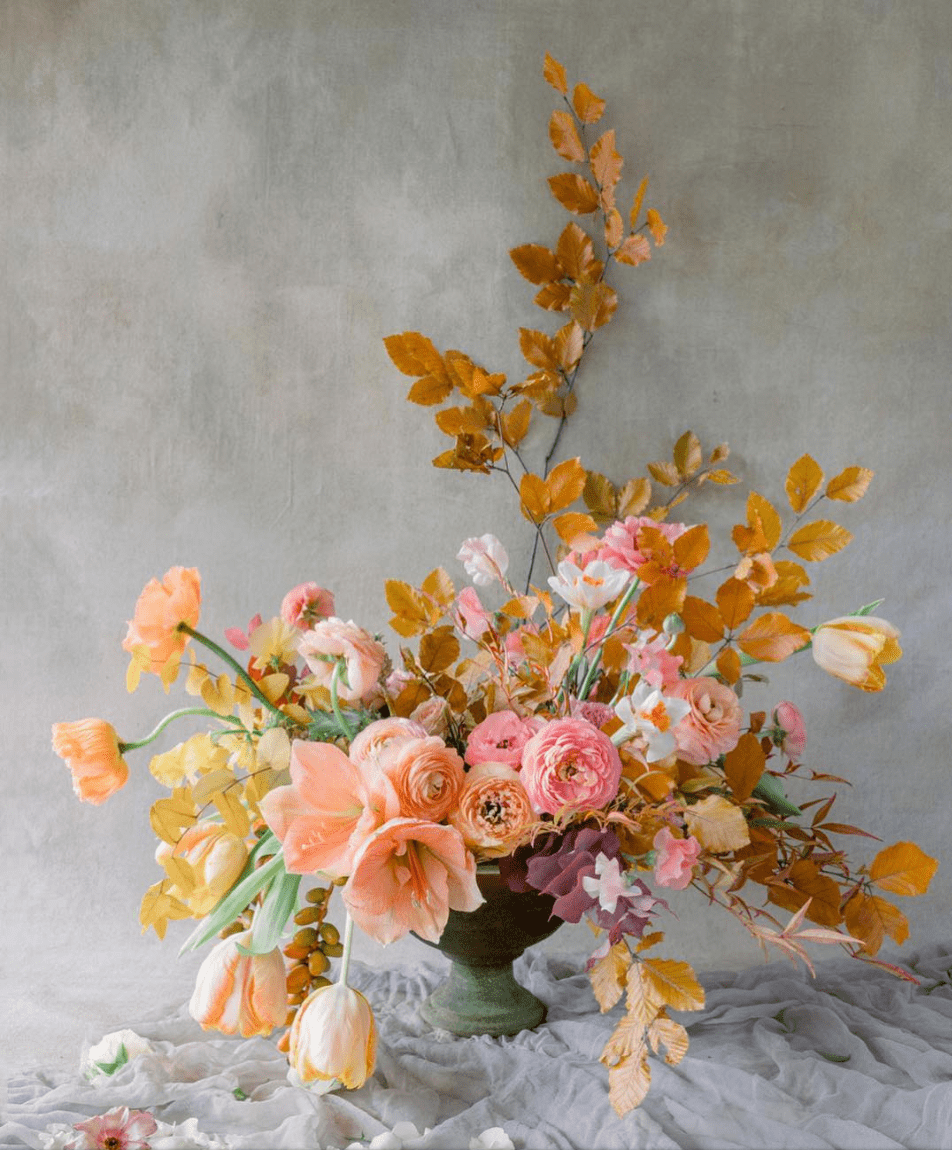
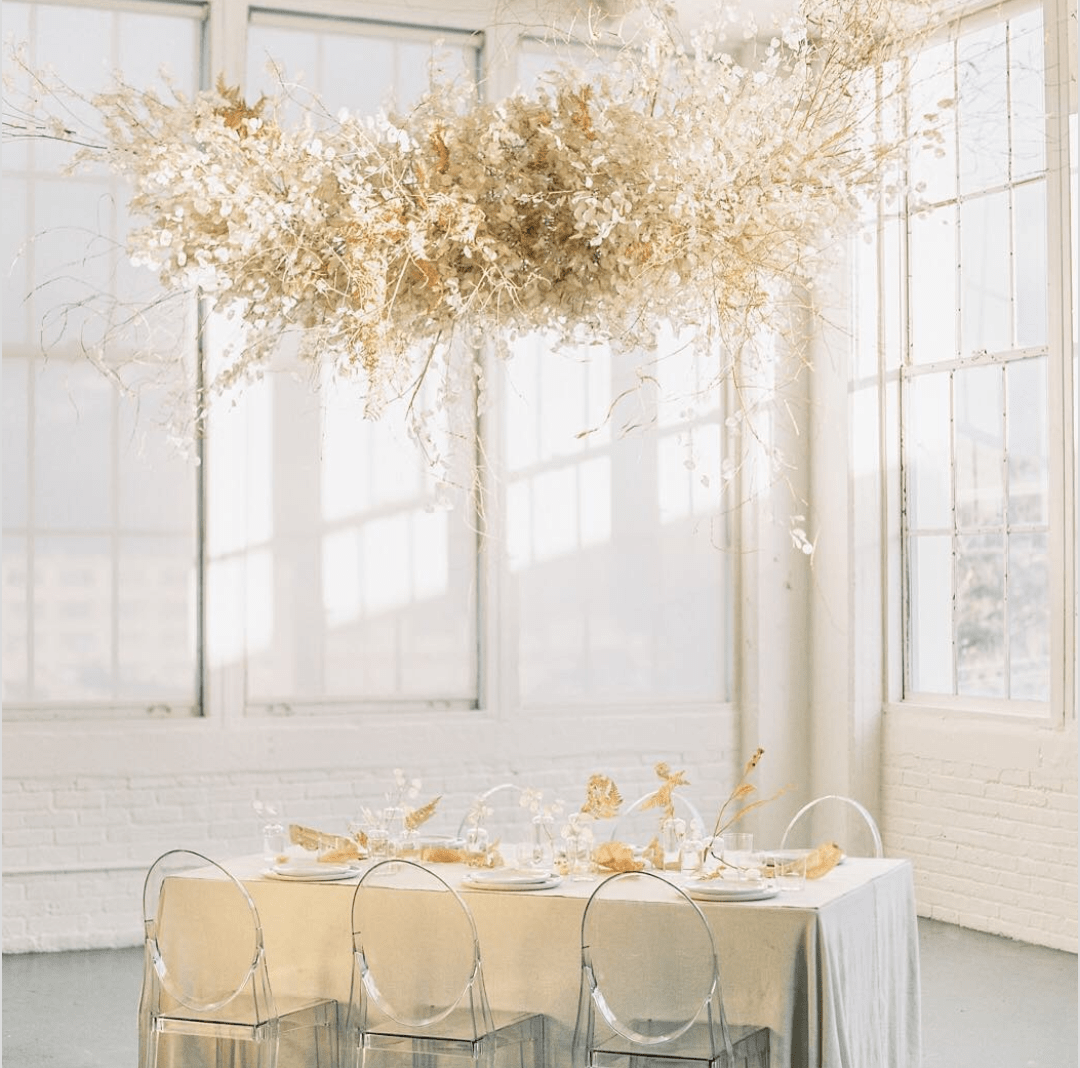
You might be aware that there’s a whole science behind colour, and it’s called colour theory. So if you like a more pragmatic approach, you can always turn to rules and formulas to assist you in your choice.
It’s useful to know that there’re 3 main types of colour palettes:
- monochromatic
- analogous
- complementary
Colour palettes will have at least 3 colours: dominant hue (60% presence), secondary colour (30% presence) and accent colour (10% presence). A good idea is to also include a neutral shade to balance out other colours if necessary. You will then in the end have 4-colour palette to work with.
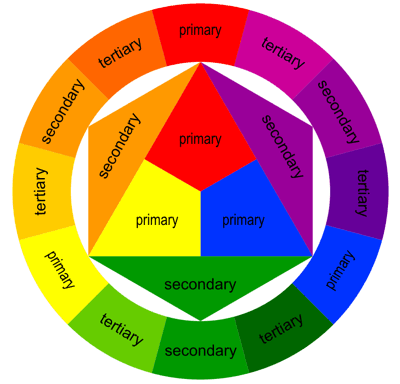
Whatever palette you choose, we hope this article can be helpful in your search for the perfect colour combination.
At Xenia Motif we had a pleasure to design destination weddings all around the globe, from Europe to Asia, creating uniquely personal colour palettes and designs.
If you’re looking for a wedding planner and wedding designer, let’s get chatting today, and create your dream wedding! We're based in London, but travel around the world creating unique, one-of-a-kind celebrations from Italy to Bali!
